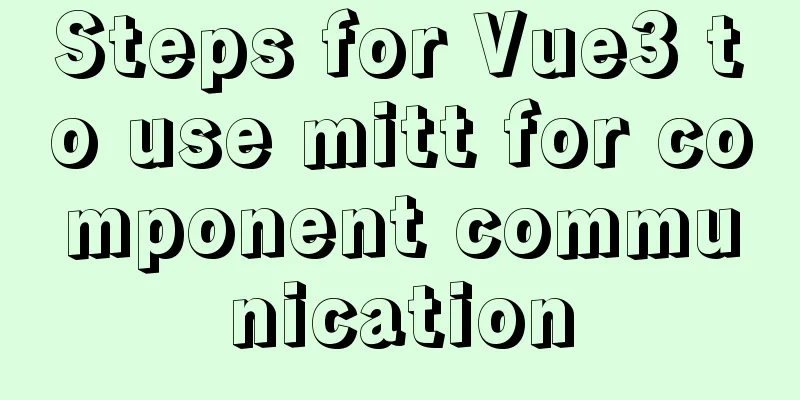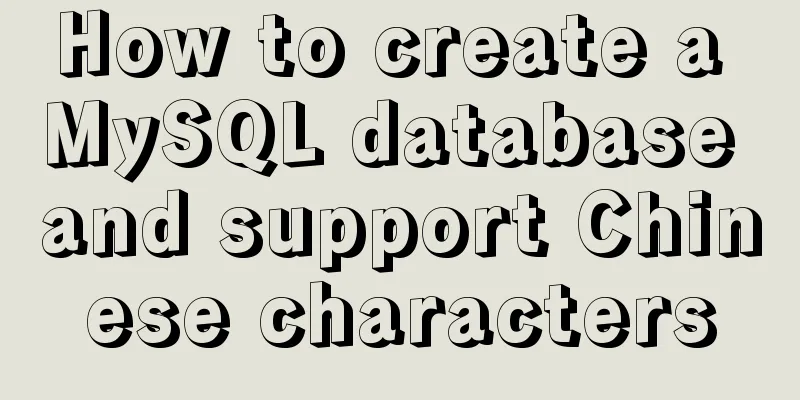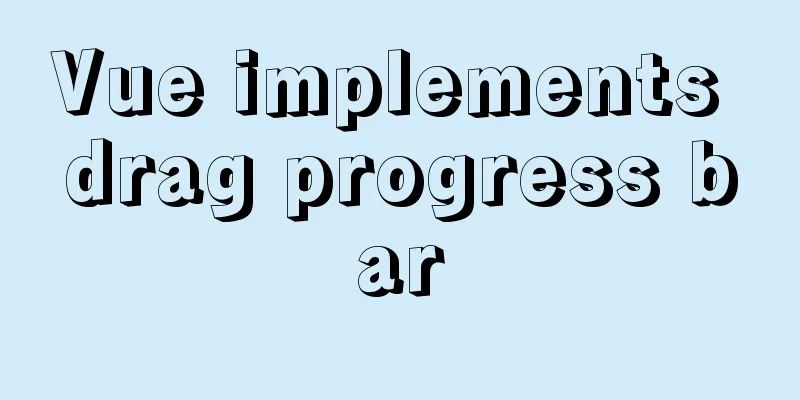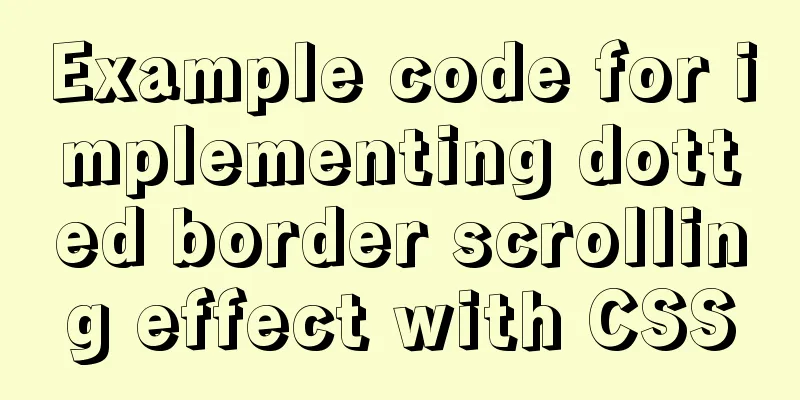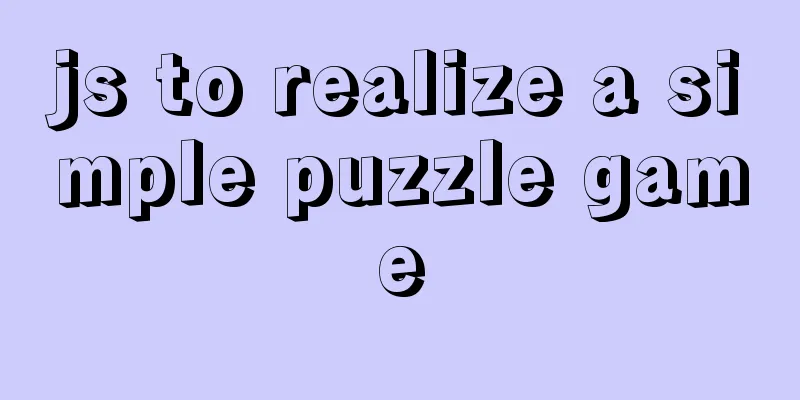Html and CSS Basics (Must Read)
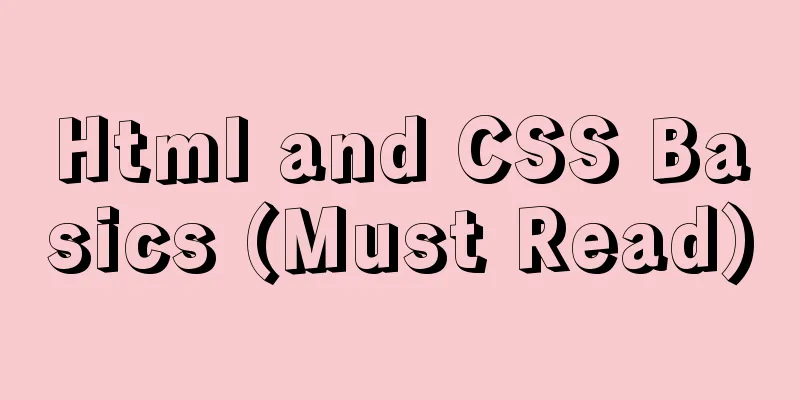
|
(1) HTML: HyperText Markup Language, which mainly consists of two parts: "Head" and "Body". The "Head" part provides information about the web page, and the "Body" part provides the specific content of the web page. (2) The header element basically consists of seven parts: head (header), meta (setting the document title and other information not displayed in the web page), base (URLs of all other link sources in the document that cannot be recognized by the site), title (title of the document), link (defining the relationship between a link and a source), sricpt (script statement tag, introducing external js files or writing js files), and style (writing CSS styles). (3) Frequently used elements
The above article Html and CSS Basics (Must-Read) is all the content that the editor shares with you. I hope it can give you a reference. I also hope that you will support 123WORDPRESS.COM. Original URL: http://www.cnblogs.com/poem-ko/archive/2016/06/12/5578815.html |
<<: How to view the running time of MySQL statements through Query Profiler
Recommend
Summary of three ways to create new elements
First: via text/HTML var txt1="<h1>Tex...
Analysis of the Principles of MySQL Slow Query Related Parameters
MySQL slow query, whose full name is slow query l...
Introduction to reactive function toRef function ref function in Vue3
Table of contents Reactive Function usage: toRef ...
Tips for importing csv, excel or sql files into MySQL
1. Import csv file Use the following command: 1.m...
VSCode configuration Git method steps
Git is integrated in vscode, and many operations ...
Detailed explanation of the usage of NULL and NOT NULL when creating tables in MySQL
Regarding some MySQL specifications, some compani...
Web page experience: Web page color matching
<br />The color of a web page is one of the ...
Implementation of TypeScript in React project
Table of contents 1. Introduction 2. Usage Statel...
Docker cross-server communication overlay solution (Part 1) Consul single instance
Table of contents Scenario Task idea analyze Conc...
Tutorial on installing MySQL 5.7.18 using RPM package
system: CentOS 7 RPM packages: mysql-community-cl...
How to automatically execute SQL statements when MySQL in Docker starts
When creating a MySQL container with Docker, some...
Detailed explanation of how to install PHP curl extension under Linux
This article describes how to install the PHP cur...
Detailed explanation of MySQL InnoDB index extension
Index extension: InnoDB automatically extends eac...
Detailed explanation of data type issues in JS array index detection
When I was writing a WeChat applet project, there...
Teach you how to use Portainer to manage multiple Docker container environments
Table of contents Portainer manages multiple Dock...



